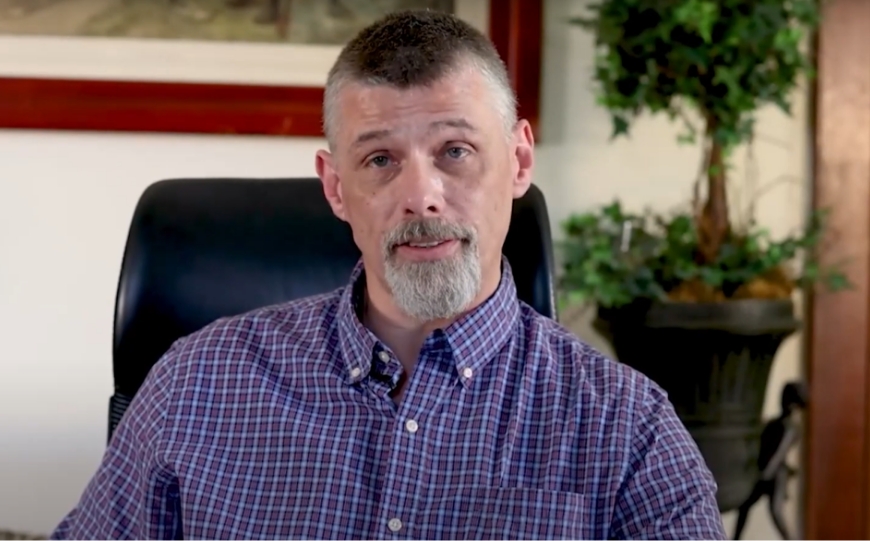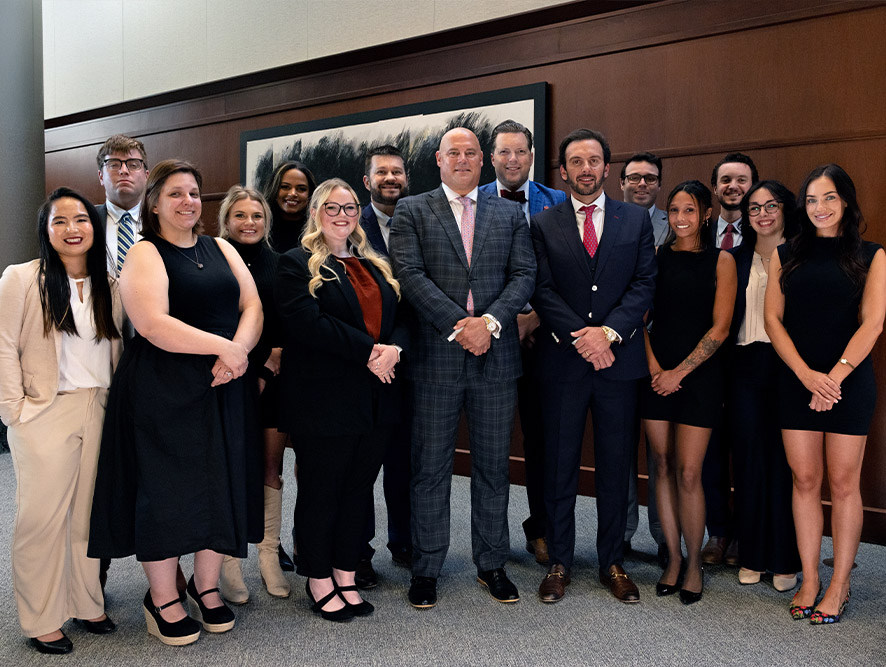571.030. Unlawful use of weapons, offense of — exceptions — violation, penalties.
It’s illegal to carry or use weapons in dangerous or restricted ways
This law makes it a crime to use or carry weapons in unsafe or illegal places. It lists several ways people can break the law with guns, knives, or other deadly weapons.
1. A person commits unlawful use of weapons if they knowingly do any of the following:
- Carry a hidden weapon, like a gun or knife, into a place where firearms are not allowed by law.
- Set up a spring-loaded gun trap.
- Shoot a gun into a house, train, boat, plane, car, or any building where people gather.
- Wave or show a deadly weapon in a threatening or angry way in front of others.
- While drunk or high, have and use a deadly weapon carelessly or illegally—unless it’s in self-defense.
- Fire a gun within 100 yards of a school, courthouse, or church that is being used.
- Shoot a gun at a target or randomly across a public road or into a shed or small building.
- Bring a gun or deadly weapon into a church, voting place, or government building.
- Shoot a gun at or from a car, or at another person, vehicle, or building—unless acting in self-defense.
- Bring a gun (loaded or not) into a school, onto a school bus, or to a school event.
- Have a gun while also having enough drugs to be charged with a felony drug crime.
2. These restrictions don’t apply to certain people if they’re doing their official jobs (unless stated otherwise). This includes things like carrying a weapon or using one during work. People covered include:
- Police officers (even off-duty or outside their jurisdiction), and anyone helping them make an arrest.
- Prison and jail officials like wardens and superintendents.
- Military and National Guard members on duty.
- Judges in Missouri or federal courts.
- Anyone legally serving warrants or other court papers.
- Federal probation or flight deck officers.
- State probation and parole officers, board members, and supervisors.
- Certified corporate security advisors.
- Coroners and medical examiners, including deputies and assistants.
- Prosecutors and judges who’ve completed gun safety training.
- Full-time fire investigators with a valid carry permit or endorsement.
- Other full-time firefighters approved by their department and licensed to carry.
3. These restrictions also don’t apply if:
- The weapon is unloaded or not working, and neither it nor the ammo is easy to grab.
- The person is 19 or older (or 18 and military/honorably discharged) with a legally owned concealed gun in the car’s passenger area.
- The person is openly carrying a weapon legally while hunting, at home, on their own property, or just passing peacefully through Missouri.
- The person is dropping off or picking up a student from school with a legal gun, or is an adult bringing a firearm to a school-approved event or club.
4. You’re allowed to carry a concealed weapon in these places if you have the proper permit. This includes:
- A current concealed carry permit from Missouri
- An older Missouri concealed carry endorsement from before August 28, 2013
- A valid concealed carry permit from another state or jurisdiction
5. These rules don’t apply to people who are using a weapon legally to protect themselves or others, as allowed under Missouri’s self-defense laws.
6. State employees are allowed to keep a gun in their car while on state-owned or leased property, as long as the car is locked and the gun isn’t visible. This only applies if they’re doing their job and working for the state’s executive, legislative, or judicial branch.
7. School officers and school protection officers are allowed to carry guns at school if they are officially appointed and trained. Also, students can take part in school gun safety classes, ROTC, or other school events involving guns—as long as they don’t bring a gun onto school property or to school events.
8. The penalties for breaking this law depend on what happened:
- Setting a spring gun, firing into a building, threatening someone with a weapon, or having a gun while also possessing illegal drugs is a class E felony.
- Bringing a weapon into restricted places (like churches or government buildings) is usually a class B misdemeanor. But if it’s posted as a gun-free zone, other penalties may apply.
- Having a gun while drunk near others or bringing one to school is a class A misdemeanor if it’s unloaded, and a class E felony if it’s loaded.
- Shooting from a vehicle, at a person, building, or car is a class B felony. If someone is hurt or killed, it’s a class A felony.
9. If someone shoots from a vehicle or at a person, building, or car, here’s how the punishment works:
- First-time offenders get the maximum sentence allowed for a class B felony.
- If the person has a prior felony record, they must serve the full class B sentence with no chance of parole, probation, or early release for 10 years.
- If the person is a repeat violent offender, they must serve the full class B sentence with no chance of parole, probation, or early release at all.
- If someone is injured or killed, the offense is punished like a class A felony, which is even more serious.
10. Anyone who helps someone else commit a drive-by shooting or shooting at a person, vehicle, or building faces the same punishment as the shooter.
11. If someone pleads guilty to or is convicted of a felony weapons offense under this law, and they’ve already had a suspended sentence for another felony weapons offense, they can’t get another suspended sentence.
12. A “qualified retired peace officer” is someone who:
- Retired in good standing (not due to mental health reasons)
- Was allowed by law to arrest people and worked on law enforcement matters
- Worked as a peace officer for at least 15 years, or retired early due to a job-related disability
- Has a guaranteed right to retirement benefits
- Has passed firearm training within the last year (at their own cost)
- Is not under the influence of drugs or alcohol
- Is legally allowed to own a gun under federal law
13. To prove you’re a qualified retired peace officer, you need:
- A photo ID from the agency you retired from that shows you passed firearm training within the last year for the type of gun you’re carrying; or
- A photo ID from the agency you retired from and a certificate from your state showing you passed firearm training within the last year for that type of gun.



